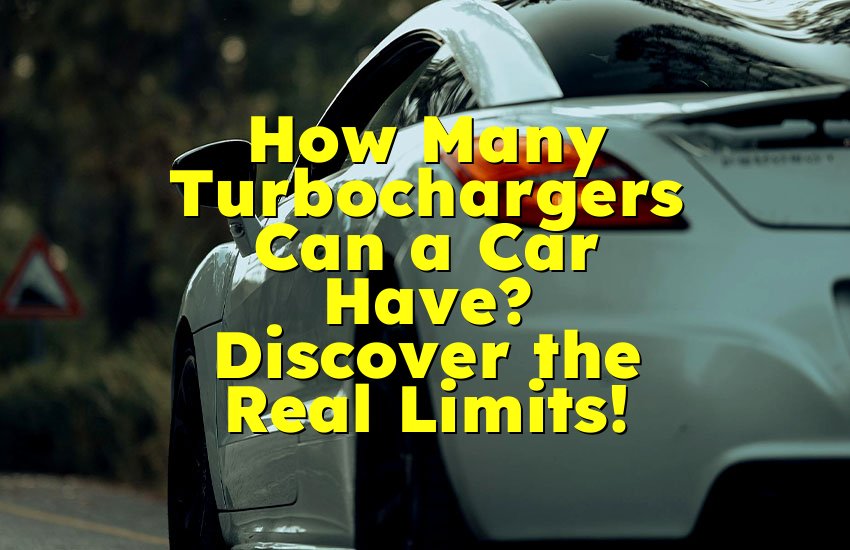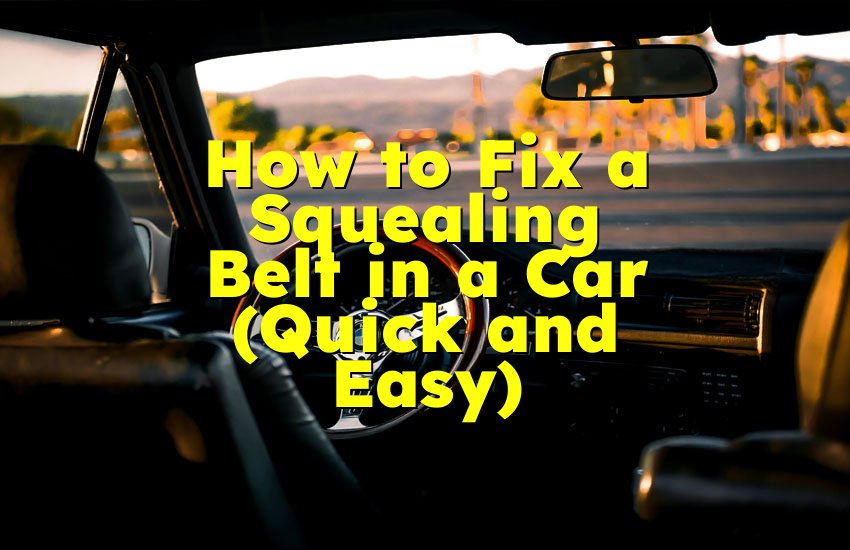As an Amazon Associate, I earn from qualifying purchases at no extra cost to you.
How to Stop Your Manual Car: Mastering the Art
No matter if you are a new driver or have some experience, knowing how to stop your manual car is super important. It can feel tricky at first, but with a little practice, you will get the hang of it. Stopping a manual car involves using the clutch and brake together, so you don’t stall the engine. This simple skill will help you drive safely and smoothly. In this article, we will go over some easy steps and tips to help you learn how to stop your manual car like a pro.
How to Stop Your Manual Car: Step-by-Step Guide
Stopping your car smoothly can help avoid sudden jerks, which makes the ride comfortable for everyone inside. Here, we will explain the steps to stop your manual car correctly, making it easy for you to understand.

1. Press the Brake Pedal
When you need to stop, the first step is to press the brake pedal with your right foot. Start pressing the brake gently to slow down. The more you press, the quicker your car will stop. Try to keep the car as smooth as possible by applying the brakes gradually. This way, passengers in your car won't feel a sudden stop.
2. Downshift the Gears
As you slow down, you will need to downshift the gears to keep the car under control. To do this, press the clutch pedal with your left foot to disconnect the engine from the wheels. Then, move the gear stick to a lower gear, like from fifth to fourth gear, or from fourth to third gear, depending on how fast you are going. This helps you maintain better control while slowing down.
3. Release the Clutch Slowly
After you have downshifted, slowly release the clutch pedal while gradually applying the brake. It is important to find the right balance between the brake and clutch to avoid stalling the engine. If you let the clutch out too quickly, the car may jerk or stall, so take your time to do this smoothly.
4. Bring the Car to a Complete Stop
Continue pressing the brake pedal until your car comes to a complete stop. Make sure to keep your foot on the brake once you stop. This will prevent your car from rolling, especially if you are on an incline.
5. Engage the Handbrake
Once your car has stopped, pull the handbrake (also called the parking brake) to secure the vehicle. This is especially important if you are parked on a hill. It keeps the car from rolling away when you are not in it.
6. Shift to Neutral (if needed)
If you are going to be stopped for a while, such as at a traffic light, you can shift the gear stick to neutral. This allows you to take your foot off the clutch and relax a little. But remember, if the light turns green, you will need to be quick to shift back to first gear when it's time to go.
7. Practice Makes Perfect
Stopping your manual car smoothly takes practice. Try to find an empty parking lot or a quiet road to practice these steps. The more you practice, the more comfortable you will become with stopping your car. Remember to always stay calm and focused while driving.
By following these steps, you will be able to stop your manual car safely and smoothly. Practice these techniques regularly to gain confidence and become a better driver.
Common Mistakes to Avoid When Stopping
Stopping a manual car can be tricky, especially if you are new to driving. Many drivers make mistakes that can lead to problems. Here are some common mistakes to avoid when stopping your manual car.
1. Not Pressing the Clutch Early Enough
One common mistake is not pressing the clutch pedal early enough. When you want to stop, you should press the clutch down before you use the brake. If you wait too long, the engine might stall. This means the car will stop suddenly, which can be dangerous. To avoid this, practice pressing the clutch down as soon as you start to slow down. This will help keep the engine running and make your stop smooth.
2. Forgetting to Downshift
Another mistake is forgetting to downshift. When you slow down, you should shift to a lower gear. This helps you control the speed of the car better. If you stay in a higher gear, your car may feel like it is going to stall. To avoid this, remember to shift to a lower gear as you slow down. This will make it easier to stop and help you stay in control.
3. Relying Only on the Brake
Some drivers rely too much on the brake pedal when stopping. While the brake is important, it should not be the only thing you use. If you only use the brake, it can cause the car to stop too quickly. This can lead to skidding or losing control. To avoid this, always use the clutch and downshift while using the brake. This helps slow down the car more smoothly and safely.
4. Stopping with the Car in Gear
Another mistake is stopping with the car still in gear. This can cause the engine to stall if you press the brake too hard. It is better to press the clutch and shift to neutral when you come to a complete stop. This way, you can avoid stalling and make it easier to start moving again when you are ready.
5. Not Paying Attention to Your Surroundings
Finally, some drivers forget to pay attention to their surroundings when stopping. Always look around you for other cars, pedestrians, or obstacles. If you are focused only on your controls, you may miss something important. This can lead to accidents. To avoid this, make it a habit to check your mirrors and look around before you stop. Being aware of your surroundings helps you stop safely and avoid problems.
Avoiding these common mistakes can help you become a better driver. Practice stopping in a safe place until you feel comfortable. With time and experience, stopping your manual car will feel easier and more natural.
Practice Techniques for Mastering Stopping
Mastering the art of stopping a manual car is important for safe driving. Here are some effective practice techniques to help you improve your stopping skills.
1. Find a Safe Practice Area
Start by finding a quiet and open area to practice. Look for an empty parking lot or a wide street with little traffic. This will help you feel relaxed while you learn. Make sure you have enough space to practice stopping without distractions.
2. Use Cones or Markers
To make your practice more effective, use cones or markers to create stopping points. Place them at different distances to challenge yourself. Start by driving toward the first cone and practice stopping smoothly before reaching it. This helps you get used to judging distances and responding quickly.
3. Focus on the Clutch and Brake
When you practice stopping, pay close attention to how you use the clutch and brake pedals. Start by pressing the clutch down before you apply the brake. This prevents the engine from stalling and makes your stops smoother. As you get more comfortable, try to feel how much pressure you need on the brake to stop gently.
4. Experiment with Different Speeds
To gain more control, practice stopping from different speeds. Start at a slow speed, then gradually increase your speed as you feel more confident. This will help you learn how to stop safely, whether you are moving slowly or quickly. Remember to adjust your braking technique based on your speed.
5. Practice Emergency Stops
Once you feel comfortable with normal stops, practice emergency stops. Find a safe spot and suddenly press the brake as hard as you can without losing control. This teaches you how to react quickly in case of an emergency. Always ensure you have enough space to stop safely when practicing.
6. Get Feedback from a Friend
Having a friend or family member in the car can provide valuable feedback. They can help you notice if you are making common mistakes, like not pressing the clutch early enough. They can also give you tips to improve your technique and make you feel more at ease while driving.
7. Reflect on Your Practice
After each practice session, take a moment to reflect on how it went. Think about what you did well and what you can improve. This will help you focus on specific areas during your next practice. Keep track of your progress to see how much you've improved over time.
By using these practice techniques, you will become more confident in stopping your manual car. The more you practice, the easier it will become. Soon, stopping will feel like a natural part of your driving routine. Remember, safety comes first, so always practice in a safe environment!
Are these Questions in Your Mind?
Is it normal for my clutch to feel stiff when stopping?
Yes, it can be normal for the clutch to feel stiff, especially if it's new or if the car has not been driven for a while. However, if it continues to feel stiff, it might be a sign of a problem that needs checking.
Can I stop my manual car without using the clutch?
While it is possible to stop the car without using the clutch, it is not recommended. Using the clutch helps prevent the engine from stalling and allows for a smoother stop.
Do I need to press the clutch when I am fully stopped?
Yes, it's good practice to press the clutch when you are fully stopped. This ensures that the engine is disconnected from the wheels, preventing the car from stalling.
Is it safe to stop suddenly on wet roads?
No, it is not safe to stop suddenly on wet roads. This can cause the tires to lose traction and may lead to skidding. Always brake gently on wet surfaces to maintain control.
Can I use the handbrake to stop my car while moving?
Using the handbrake to stop your car while moving is not advisable. It can lock up the rear wheels and cause you to lose control. Only use the handbrake when the car is fully stopped.
Do I have to downshift every time I stop?
No, you do not have to downshift every time you stop, especially if you are coming to a complete stop at a red light. However, downshifting can help you maintain better control while slowing down.
Is it okay to rest my foot on the clutch pedal while driving?
No, resting your foot on the clutch pedal while driving is called “riding the clutch,” and it can cause unnecessary wear on the clutch. Keep your foot off the pedal unless you need to change gears.
Can I stop my manual car without using the brakes?
While it is technically possible to stop a manual car without using the brakes by downshifting and using engine braking, it is not the safest method. It's best to use the brakes for a smoother and safer stop.
Do I need to engage the handbrake if I am just stopping for a moment?
If you are only stopping for a short moment, like at a stop sign or traffic light, you do not need to engage the handbrake. However, if you are on an incline or plan to stop for a longer time, it's a good idea to use it.
Is it possible to stall my car if I stop too suddenly?
Yes, if you stop too suddenly without pressing the clutch, you can stall your car. This happens when the engine is still engaged with the wheels and cannot keep running at low speeds. Always remember to press the clutch when coming to a stop to prevent stalling.











